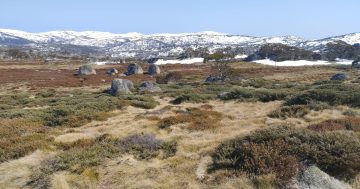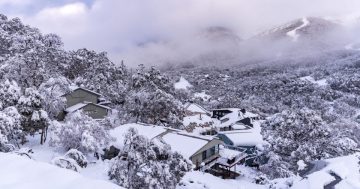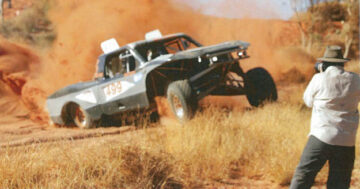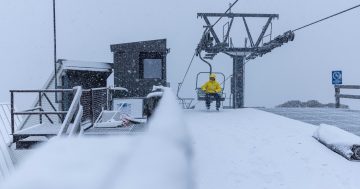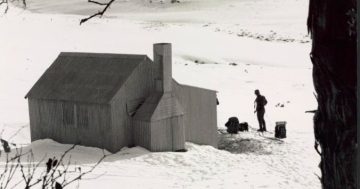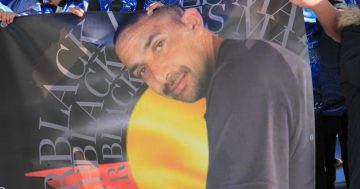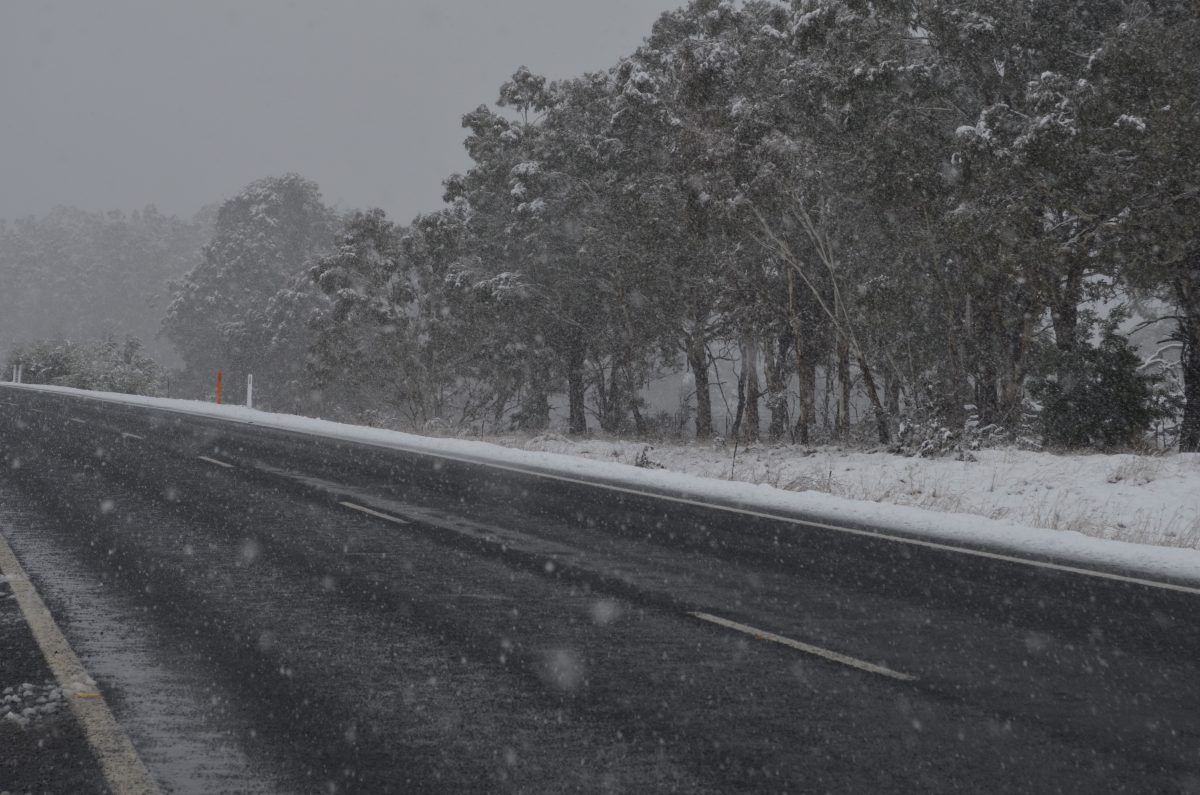
Andrew Keith Seton died after going backcountry skiing in the Snowy Mountains. Photo: Gail Eastaway.
The family of a missing Canberra skier was “frustrated” by the initial police response to their concerns before his body was later discovered in the Snowy Mountains, a coronial inquest has heard.
The inquest into the death of 24-year-old Andrew Keith Seton began in NSW this week.
He drove from his home in Downer, ACT, to Jindabyne to go skiing in the backcountry of the Kosciuszko National Park on 2 September 2022. He spent the night in his car before setting out alone the next morning, court documents say.
At 10 am, he sent a selfie to his girlfriend, saying, “Windy up top”. He was last seen by other skiers at 11 am at Watsons Crags, a remote area northwest of Perisher.
When he didn’t call his mother at the end of the day, she became worried and contacted police, telling them he always called her when he finished skiing and he had a personal locator beacon with him that hadn’t been activated.
Counsel assisting Jake Harris said that while officers found Mr Seton’s car at Guthega at 11 pm without any ski gear inside it, police didn’t begin an emergency response or make a missing persons report.
Instead, they conducted enquiries to find him on 4 September, then escalated the search late that afternoon. A rescue helicopter flew over Watsons Crags in the evening. The search began in earnest on 5 September.
“The family were frustrated with the police response, about being asked the same questions repeatedly, and because it appeared to them that police were not taking their concerns seriously,” Mr Harris said.
“The fact that he had not made contact was out of character and extremely concerning. They did not feel their concerns were being taken seriously.”
Mr Seton’s body was found on a rock down a slope at Watsons Crags on the afternoon of 5 September.
Mr Harris expected the evidence would show he died from injuries he sustained in an accidental fall shortly after he was last seen by the other skiers.
“His death would have been almost instantaneous,” he said.
Mr Seton was an experienced and proficient skier who had gone for at least 10 backcountry day trips and took appropriate equipment with him.
But Mr Harris said when the alarm was first raised, it was not immediately clear where he was.
He hadn’t filled out a National Parks and Wildlife Service trip intention form, which records the departure and return times as well as the route of people going into wilderness areas.
Mr Harris said he anticipated that a significant lesson to be learned would be the value of all backcountry skiers completing trip intention forms when entering the wilderness.
“Andrew died doing something he loved,” he said.
“Like many people, he was drawn to an invigorating, demanding and highly skilled sport, and one which was attended by significant risk.”
Several issues will be canvassed during the inquest, such as whether police should have recorded Mr Seton as a missing person when his mother first contacted them and whether the search and rescue operation should have begun earlier.
It will also look at whether the regulatory and advisory regime for backcountry skiing is adequate.
Closing addresses in the inquest before Coroner Teresa O’Sullivan in Lidcombe are expected on Friday (26 July).












